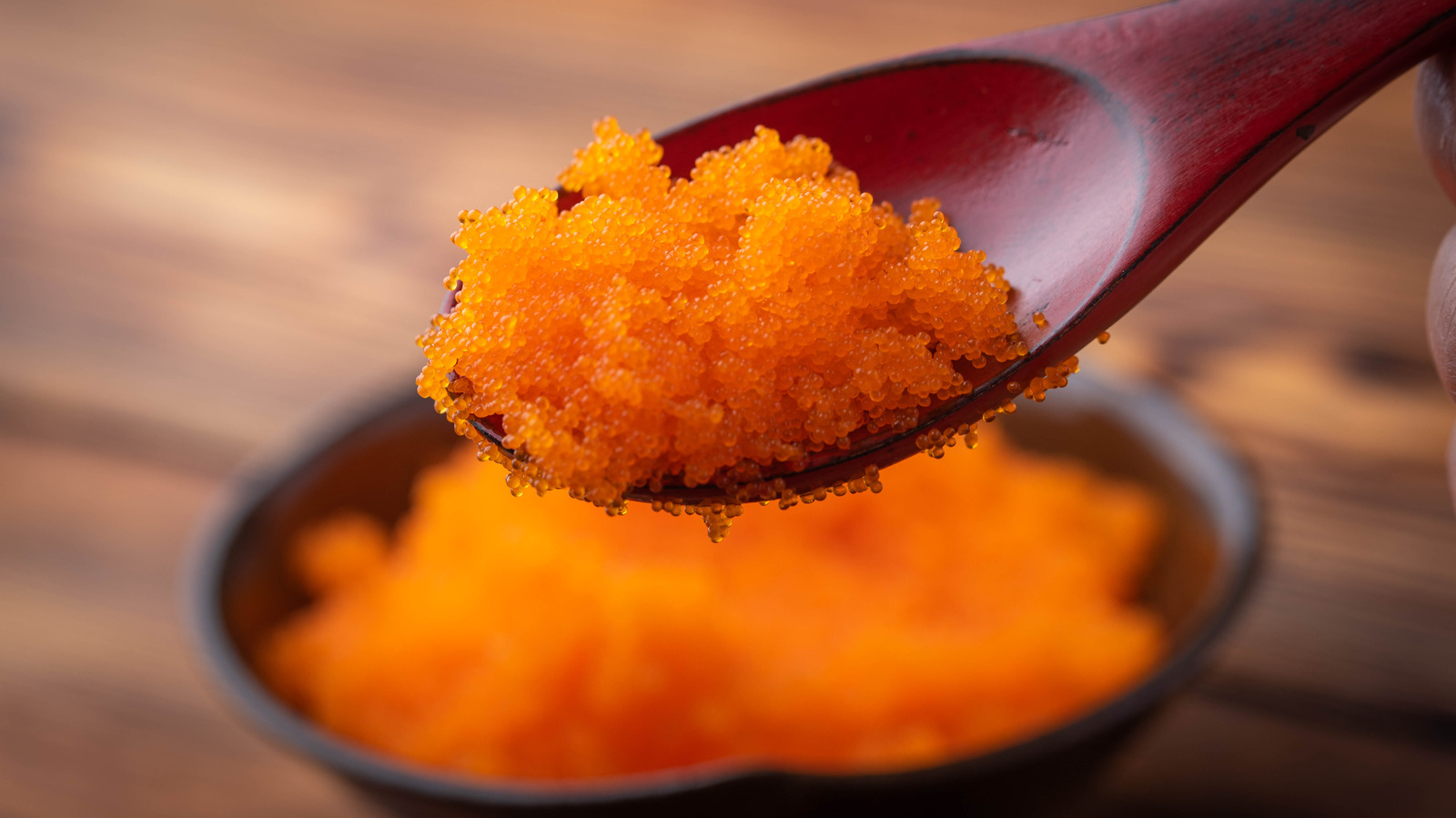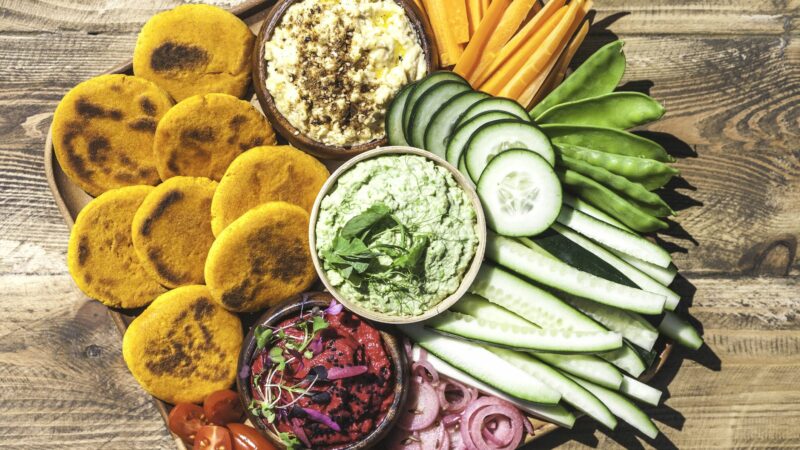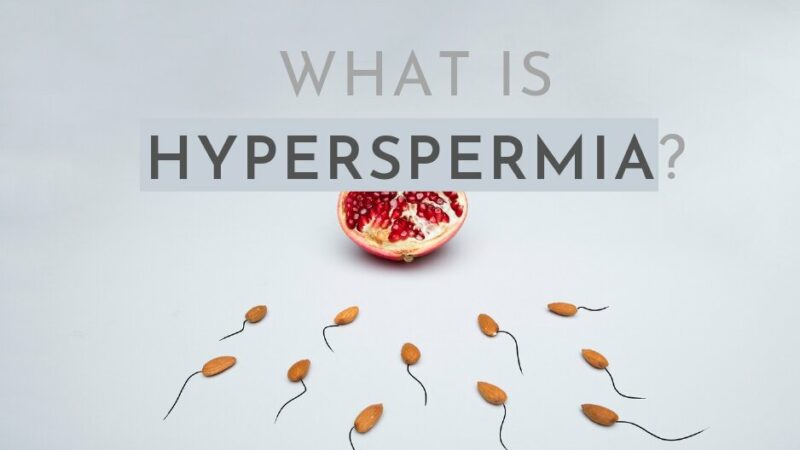What Is Masago? Benefits and Downsides of Capelin Fish Roe

Masago – If you’re a sushi or Japanese cuisine fan, you may have seen the tiny, colourful beads adorning your favourite dishes. These little bursts of flavour and texture are known as masago, a type of fish roe.
Masago is a popular ingredient in Japanese cuisine, and it’s often used as a garnish for sushi rolls, sashimi, and other dishes. In this blog, we’ll explore what masago is, its benefits, and some potential downsides of consuming this delicious delicacy.
What Is Masago?
Masago is the roe (eggs) of the capelin fish (Mallotus villosus), a small fish species that belongs to the smelt family. Capelin are found in the cold waters of the Atlantic and Pacific oceans, particularly in the North Atlantic region. They are a staple food source for marine animals, including whales, seals, and seabirds.
The roe is harvested primarily for culinary purposes and is processed to create the tiny, bead-like texture that masago is known for. These small, orange or reddish-orange eggs are common in Japanese cuisine, adding colour, flavour, and texture to a wide range of dishes.
Benefits of Masago
- Flavor Enhancement: Masago is prized for its distinct, slightly salty, and mildly sweet flavour. When sprinkled over sushi or sashimi, it adds a pop of umami that complements the freshness of the seafood.
- Texture: The tiny eggs provide a pleasant, slightly crunchy texture that contrasts with the softness of sushi rice or fish. This textural contrast enhances the overall dining experience.
- Nutrient Content: Like other fish roe, Masago is a good source of essential nutrients. It is rich in omega-3 fatty acids, known for its heart-healthy benefits. Additionally, it contains protein, vitamin B12, and iodine.
- Low in Calories: Masago is relatively low in calories, making it a suitable garnish for those watching their calorie intake.
- Colorful Presentation: The vibrant orange or reddish-orange hue of masago adds visual appeal to dishes, making them look more appetizing and appealing.
Downsides of Masago
- Sustainability Concerns: Capelin fish populations are sensitive to overfishing, and their role is in high demand in the culinary world. Unsustainable harvesting practices can negatively impact the environment and marine ecosystems. It’s essential to choose masago from sustainable sources or look for alternatives to minimize these concerns.
- Allergies: Some individuals may be allergic to fish roe, including masago. Allergic reactions can range from mild to severe and may include symptoms like itching, swelling, difficulty breathing, or gastrointestinal distress. If you have a known seafood allergy, it’s best to avoid masago.
- Sodium Content: Masago can be relatively high in sodium, which may not be suitable for individuals with hypertension or those on a low-sodium diet. Moderation is key, especially when enjoying dishes with masago as an ingredient.
- Artificial Coloring: In some cases, Masago may be artificially coloured to achieve a more vibrant appearance. Some consumers prefer to avoid artificial additives in their food, so it’s a good idea to check the product label if you have concerns about artificial colouring.
How to Enjoy Masago?
If you’re interested in trying masago or already enjoy it, here are some common ways to incorporate it into your meals:
- Sushi Rolls: Masago is often used as a topping for sushi rolls, such as California or spicy tuna rolls.
- Sashimi can be sprinkled on top of sashimi, adding flavour and texture to the raw fish.
- Salads: You can use masago as a garnish for salads to add colour and a burst of flavour.
- Nigiri Sushi: Some sushi chefs use masago as a topping for Nigiri sushi, especially when creating innovative and colourful sushi creations.
- Rice Bowls: Sprinkle masago over rice bowls, such as chirashi bowls, for extra flavour and visual appeal.
Nutrition of masago
Masago, the roe (eggs) of the capelin fish (Mallotus villosus), is a flavorful and nutrient-rich ingredient commonly used in Japanese cuisine, particularly in sushi and other seafood dishes. Here’s an overview of the nutritional content of masago per 1-ounce (28-gram) serving:
- Calories: Masago is relatively low in calories, containing approximately 40-45 calories per ounce.
- Protein: One ounce of masago typically provides around 3-4 grams of protein. Protein is essential for tissue repair, muscle growth, and overall body function.
- Fat: Masago is moderately high, with about 2-3 grams of fat per ounce. However, it’s important to note that much of this fat is heart-healthy unsaturated fat, including omega-3 fatty acids.
- Omega-3 Fatty Acids: Masago is a good source of omega-3 fatty acids, particularly eicosapentaenoic acid (EPA) and docosahexaenoic acid (DHA). Omega-3s are known for their numerous health benefits, including promoting heart health, reducing inflammation, and supporting brain function.
- Vitamin B12: One serving of masago contains a significant amount of vitamin B12, an essential nutrient important for red blood cell formation, nerve function, and DNA synthesis.
- Iodine: Masago is also a good source of iodine, a vital mineral that plays a crucial role in thyroid hormone production and overall thyroid function.
- Sodium: Masago can be relatively high in sodium, with around 300-400 milligrams per ounce. This sodium content may vary depending on how it’s processed and seasoned. Individuals with hypertension or those on a low-sodium diet should consume masago in moderation.
- Carbohydrates and Fiber: Masago is very low in carbohydrates and fibre, with negligible amounts in each serving.
- Micronutrients: In addition to the nutrients mentioned above, masago contains various other vitamins and minerals in smaller amounts, including iron, calcium, and vitamin A.
It’s important to remember that the nutritional content of masago can vary slightly depending on factors such as how it’s processed and seasoned.
Additionally, because masago is often used as a garnish or condiment rather than a primary food source, serving sizes are typically small, so the actual nutrient intake may be lower than the above values.
Nevertheless, masago can be a flavorful and nutritious addition to your diet when used in moderation, providing valuable nutrients and healthy fats.
How to purchase and store masago?
Purchasing and storing masago, the delicious capelin fish roe commonly used in Japanese cuisine requires attention to freshness and hygiene. Here’s a guide on how to purchase and store masago properly:
Purchasing Masago:
- Choose Reputable Retailers: Purchase masago from reputable sources, such as well-established seafood markets, Japanese grocery stores, or reputable online seafood suppliers. Ensure they follow proper handling and storage practices to maintain freshness.
- Check for Freshness: When buying masago, look for clear, glistening beads free from any off-putting odours. Fresh masago should have a mild, salty, and sweet aroma, similar to the ocean.
- Packaging: Masago is commonly available in small plastic containers or vacuum-sealed bags. Ensure that the packaging is intact and airtight to prevent air exposure, which can lead to spoilage.
- Expiration Date: Check the expiration date on the packaging. Choose masago with a reasonable shelf life, and try to consume it before it expires.
- Sustainability: If you’re concerned about sustainability, inquire about the source of the masago and whether it’s sustainably harvested. When available, look for certifications like MSC (Marine Stewardship Council) or similar labels.
Storing Masago:
Proper storage is crucial to maintain the freshness and safety of masago:
- Refrigeration: Masago should be stored in the refrigerator at temperatures between 32°F (0°C) and 39°F (4°C). Keep it consistently cold to prevent bacterial growth.
- Original Packaging: If masago comes in a sealed container, store it in its original packaging. If you’ve opened the container, ensure it’s tightly sealed after each use to prevent air exposure.
- Airtight Container: If masago is sold in a bag or packaging that can’t be resealed, transfer it to an airtight container to maintain freshness and prevent odors from permeating the roe.
- Avoid Freezing: It’s generally not recommended to freeze masago, as freezing can alter the texture and flavour. Freshness is best preserved by refrigeration.
- Use Quickly: Masago is a perishable ingredient, and its quality can deteriorate over time. Consume it as soon as possible after opening the package for the best flavour and texture.
- Check for Signs of Spoilage: Before using masago, always check for signs of spoilage, such as off-putting odours, changes in colour, or an overly fishy taste. If you detect any of these signs, it’s best to discard the product.
- Hygiene: When handling masago, maintain good hygiene practices. Use clean utensils and avoid touching the roe with bare hands to prevent contamination.
Remember that masago is often used in small quantities as a garnish or condiment. Try to purchase an amount you can reasonably consume quickly to ensure the best taste and quality. Correctly stored and handled masago can add a delightful flavour and texture to your favourite sushi rolls and Japanese dishes.
Conclusion
In conclusion, Masago, the capelin fish roe, is a popular ingredient in Japanese cuisine known for its flavour-enhancing qualities and vibrant appearance. While it offers several benefits, including its nutritional content and texture, consumers should be mindful of sustainability concerns, potential allergies, and sodium content.
When enjoyed in moderation and sourced responsibly, masago can be a delightful addition to your culinary adventures, whether you’re a sushi lover or simply looking to explore new flavours and textures.





